Bolton Castle
OS grid reference:- SE 033 918

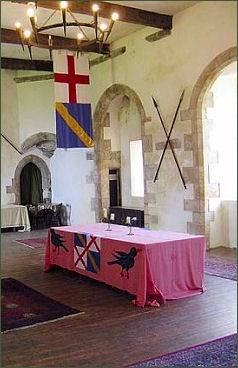 Imposing Bolton Castle dates back to the fourteenth century and is situated near Wensleydale in North Yorkshire.
Imposing Bolton Castle dates back to the fourteenth century and is situated near Wensleydale in North Yorkshire.
The quadrangular castle was built between 1378 and 1399 by Richard le Scrope, 1st Baron Scrope of Bolton, Lord Treasurer and Lord Chancellor to King Richard II, who also fought under Edward, the Black Prince at the Battle of Crecy in 1346. It has been suggested that Richard le Scrope was the model for Chaucer’s Knight in 'the Canterbury Tales'. Scrope’s ancestor, Hugh Le Scrope, held lands in north Yorkshire in the reign of King Stephen and the Scropes gradually acquired land and office.
Scrope spared little expense in the construction of his new stronghold, from 1379 until the building was completed around 1399 he spent some 18,000 marks on the structure.
The main entrance is through a gatehouse on the east side. The castle is built as a quadrangle with accommodation along each side and a tower at each corner, the living and working quarters were built into the ranges along each wall. The sixteenth century poet and antiquary, John Leland visited in the 1530s and described 'an Astronomical Clock' in the castle's courtyard and how smoke was conveyed from the hearth in the hall through tunnels.
Bolton Castle has a long and fascinating history. During the Wars of the Roses, John, 5th Baron Scrope was a Yorkist and a supporter of King Richard III. He became involved in the Lambert Simnel revolt against Henry VII, but was pardoned on condition he remained within about 20 miles of London, under the King’s eye. In 1536 Richard Scrope's descendant, John, 8th Baron Scrope supported the ill- starred Pilgrimage of Grace and rose in rebellion against the religious reforms of King Henry VIII, the participants particularly objected to the break with Rome and the Dissolution of the Monasteries.
John Scrope provided Adam Sedbar, Abbot of Jervaulx with sanctuary in the castle. As a result of these actions he was forced to flee to Skipton pursued by the King's forces. Abbot Sedbar was even less fortunate, after hiding out on Witton Fell he was caught and lmprisoned in the Tower of London. On 2 June 1537 Sedbar was taken to Tyburn where he was hanged, drawn and quartered and his head was displayed on London Bridge. In retribution for Scrope's support of the unfortunate abbot, King Henry VIII ordered Bolton castle to be torched, causing extensive damage. Within a few years, however, the damage had been repaired because of the duress he was deemed to have been put under John Scrope was forgiven and allowed to repair and reoccupy his home and retake his seat in Parliament.
The tragic Mary, Queen of Scots stayed at Bolton for six months in 1568. Following her defeat by the Scottsh Protestant lords at the Battle of Langside in 1568, Mary fled to England, to evoke aid from her cousin Queen Elizabeth I. Elizabeth, however viewed the Catholic Mary, who was next in the line of succession to the English throne, as a threat to own position as the Protestant Queen of England. At first Mary was held at Carlisle Castle under the guard of Henry, 9th Baron Scrope, but in July 1568, despite her protestations, she was moved to Bolton Castle.
 The Queen of Scots arrived at Bolton one hour after sunset on the 15th of July, and was received by Lady Scrope. The castle was not thought to contain furnishings proper for a royal guest and Sir George Bowes accordingly supplied beds and hangings from his own house and Queen Elizabeth sent pewter vessels, brass pots, pans, racks, spits and a large copper kettle for boiling beef from her household. The Queen of England also provided garden sauces and a weekly supply of venison was ordered.
The Queen of Scots arrived at Bolton one hour after sunset on the 15th of July, and was received by Lady Scrope. The castle was not thought to contain furnishings proper for a royal guest and Sir George Bowes accordingly supplied beds and hangings from his own house and Queen Elizabeth sent pewter vessels, brass pots, pans, racks, spits and a large copper kettle for boiling beef from her household. The Queen of England also provided garden sauces and a weekly supply of venison was ordered.
Queen Mary was lodged in Henry Scrope's own apartments in the South-West tower. Her household included cooks, grooms, hairdresser, embroiderer, apothecary, physician and surgeon.
Mary was allowed to wander the surrounding countryside and often went out hunting. Sir Francis Knollys, whom Mary nicknamed 'Schoolmaster', taught her English, as she only spoke French, Latin and Scots. She even met with local Catholics, something for which Knollys and Scrope were severely reprimanded.
In January 1569 Mary left Bolton Castle for the last time, being taken to Tutbury in Staffordshire where she spent much of the 18 years prior to her execution at Fotheringhay in Northamptonshire in 1587.
During the English Civil War, John Scrope, who was a teenager at the time, held the castle for the royalist cause. Parliamentary forces beseiged Bolton Castle for an entire year, until in Novermber 1645 Scrope was at last forced to surrender. Parliament intended to slight the castle to make it unusable in future, but the south-west tower and the west range survived almost completely intact.
Bolton Castle has never been sold and is still in the ownership of the descendants of the Scrope family. In 1630, Emanuel Scrope, 1st Earl of Sunderland, died without legitimate issue. Bolton Castle was inherited by Mary, the eldest of his three illegitimate daughters. She married Charles Powlett, 6th Marquess of Winchester and 1st Duke of Bolton. The castle is currently owned by their descendant, Harry, the eighth Baron Bolton. Bolton Castle is run by his son and daughter-in-law, Thomas and Katie Orde-Powlett.


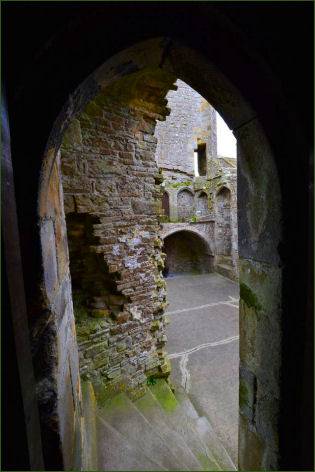

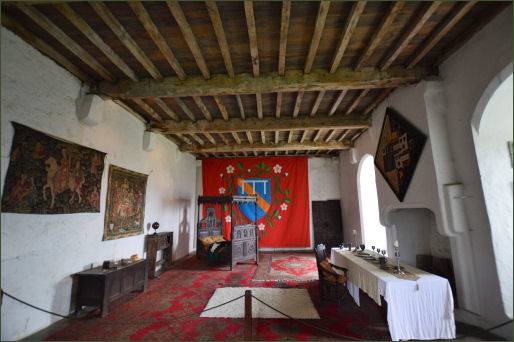
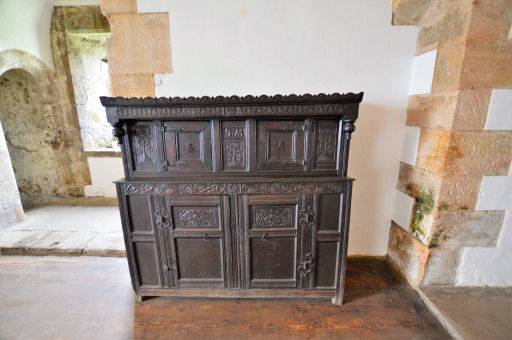
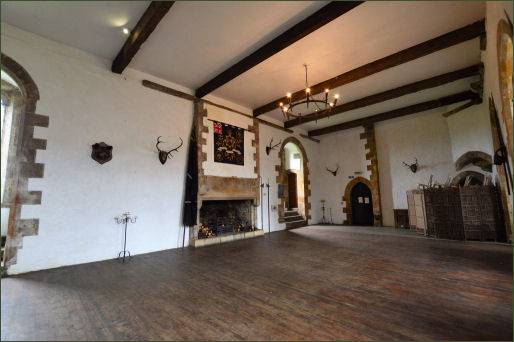
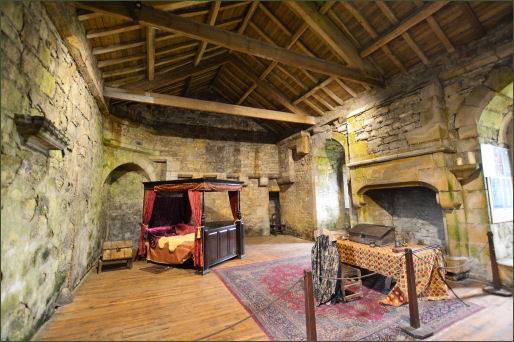
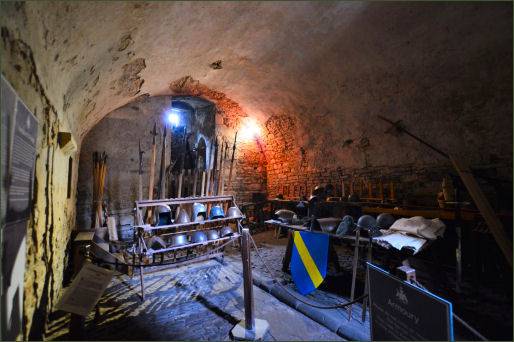
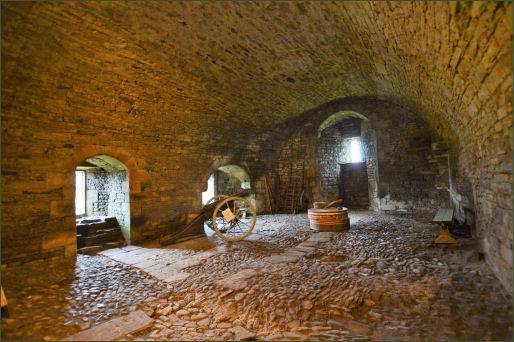
There is a also garden on the site which includes a maze, herb garden, wild flower meadow, rose garden and a vineyard.
